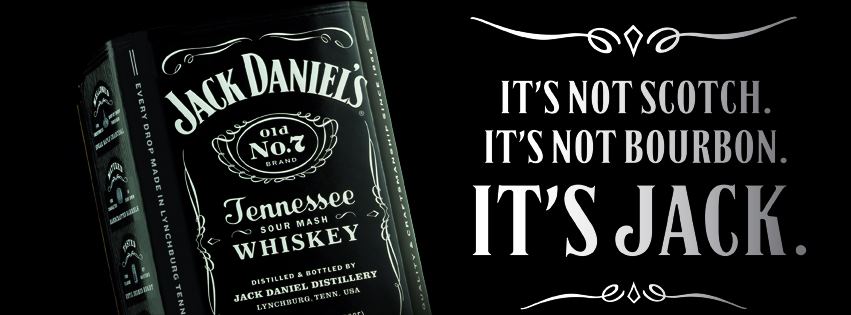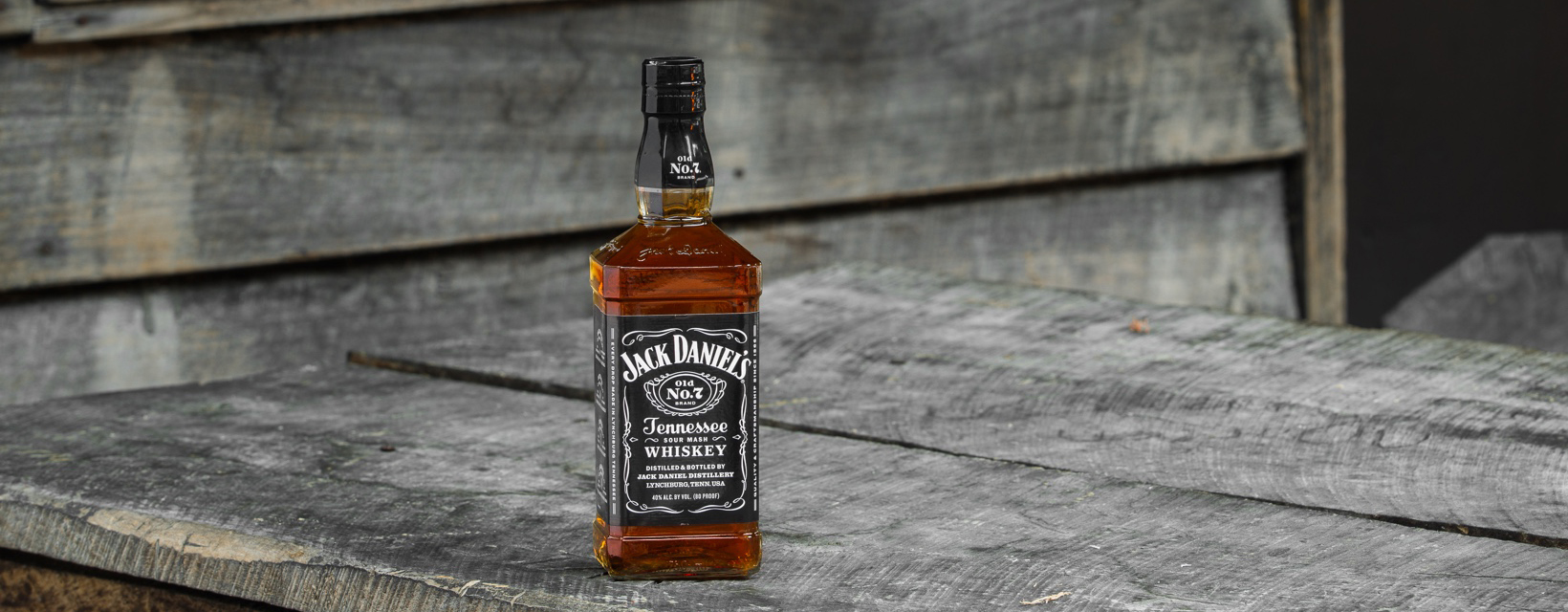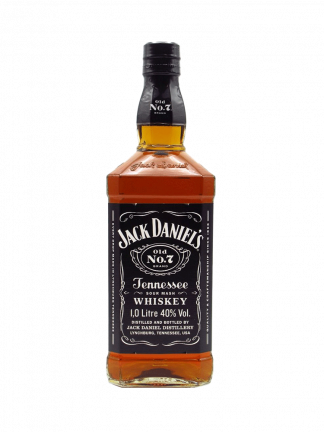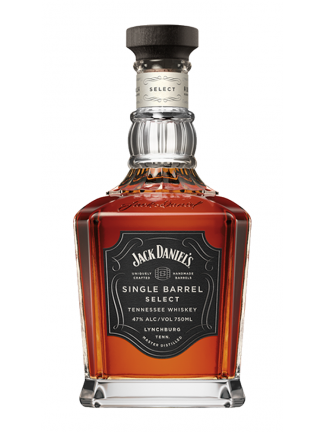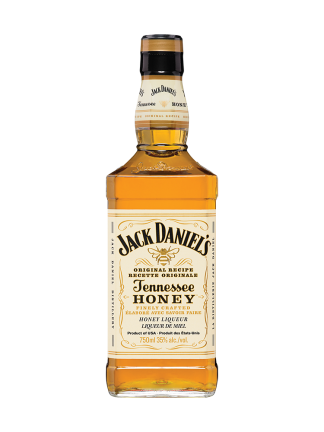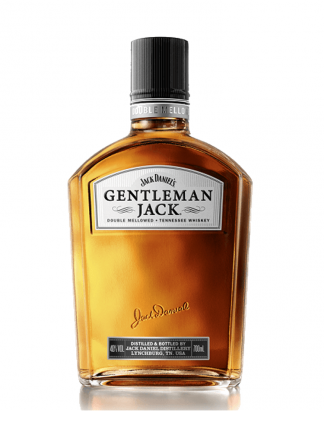
Jack Daniel's

Jack Daniel's Manufacturing
Water from the Spring Distillery well is used, which produces 3,000 liters of pure fresh water per minute, filtered through limestone. It is important that there is no iron in the water, because even a small amount of iron gives the whiskey an unpleasant metallic taste.
For the production of alcohol, a combination of 80% corn is used, which gives the whiskey a sweet taste, 12% barley malt and 8% rye. The products are mixed in fermenters with a volume of 150,000 liters with the residues from the previous fermentation and left for some time. Soon the yeast begins to absorb sugar, in the process alcohol is formed and carbon dioxide is released. After 6 days, most of the sugar turns into alcohol. Part of the mixture will remain until the next fermentation, and the rest is heated to separate the alcohol. The alcohol vapor is taken to a distiller that produces alcohol called green whiskey. The green whiskey is filtered through charcoal obtained from sugar maple wood, and the whole filtration process takes about 10 days. The filtered whiskey is transferred to new burnt 200 liter barrels of American oak, which will give color and aroma to the whiskey.
The production process, unique to Tennessee Whiskey, is known worldwide as the Lincoln County Process. All other American methods of whiskey production are classified as bourbon.
By law, every American whiskey must have matured for at least 2 years, but Jack Daniel's whiskey is at least 4 years old.
History
1875: After inheriting property from his father, Jasper Newton "Jack" Daniel sets up a legally registered distillation business with his partner Dan Cal, who, among other things, introduces Jasper Daniel to the secrets of distillation in his teens. Shortly afterwards, when Dan Cal left the business for religious reasons, Daniel took over the entire business.
1880: Jack Daniels owns 15 distilleries.
1897: The first square bottles of Jack Daniels go on sale.
1904: Jack Daniels gains popularity after winning a gold medal for best whiskey at the World's Fair in St. Louis.
1907: Due to health problems, Jack Daniel hands over the distillery to his two nephews. One of them - Lem Motlow soon bought the share of the other nephew and remained owner for nearly 40 years.
1910: Tennessee passes a law banning the sale of alcohol throughout the state, which effectively prohibits Jack Daniels from distributing it legally. Due to the ban in Tennessee, the company moved the distillation processes to St. Louis, Missouri and Birmingham, Alabama. After a while, the factory in Alabama was shut down in accordance with a similar law banning alcohol in this state. The St. Louis branch also stopped, but only because of the introduction of a national ban on the sale of alcohol in 1920.
1911: Brand founder Jack Daniels dies of blood poisoning.
1938: Lem Motlow becomes a U.S. senator in Tennessee and lobbies for the resumption of Jack Daniel's whiskey production in his hometown of Lynchburg.
1942 - 1946: Jack Daniel ceases operations due to World War II.
1947: Motlow dies, bequeathing the enterprise to his children: Robert, Raigor, Dan, Connor and Mary
1956: The company is sold to Brown-Forman Corporation.
1972: The Jack Daniels Distillery is listed on the National Register of Historic Places.
2006 - 2015: The company sponsors the teams of V8 Supercar Perkins Engineering and Kelly Racing.








